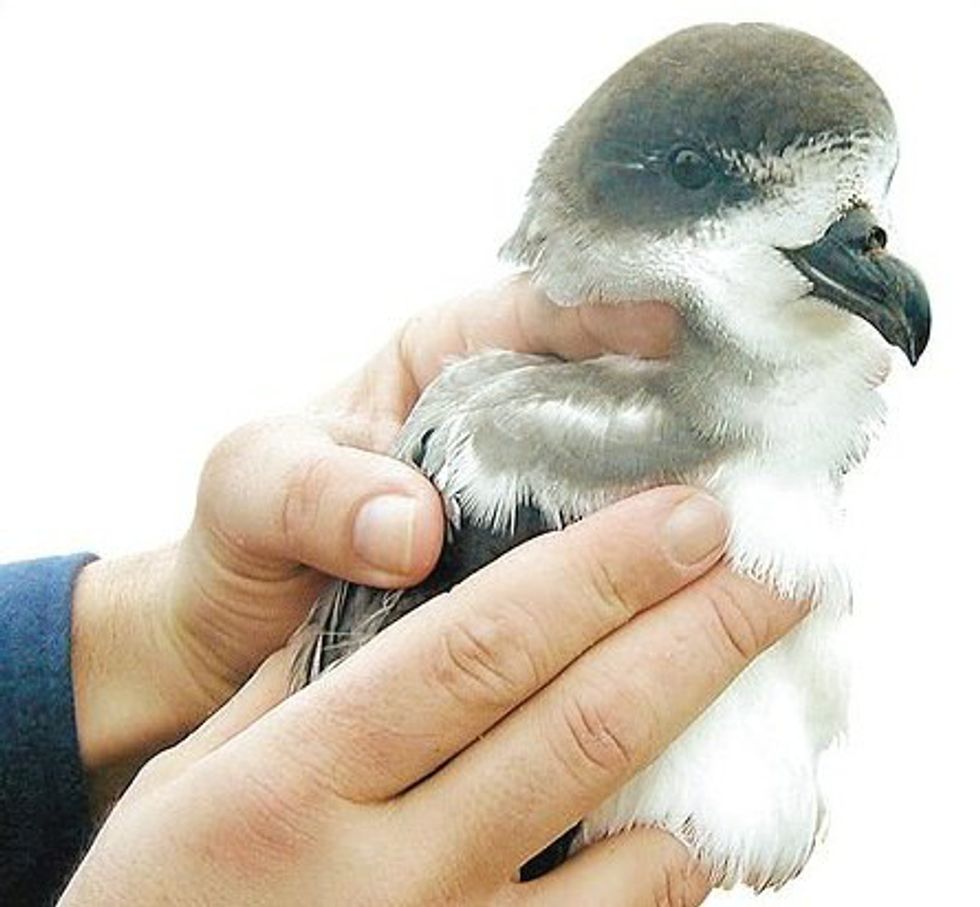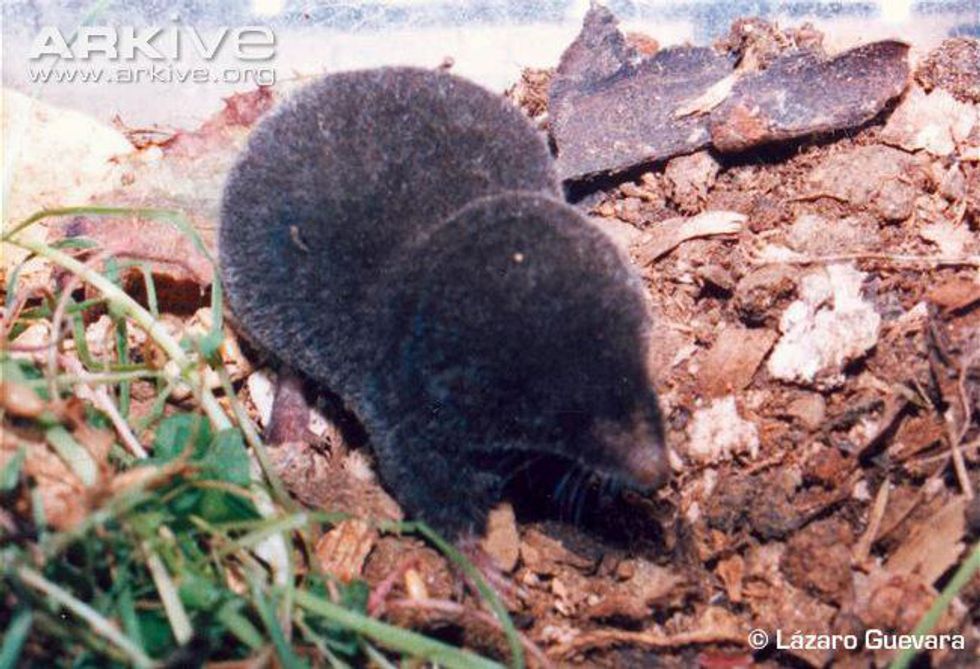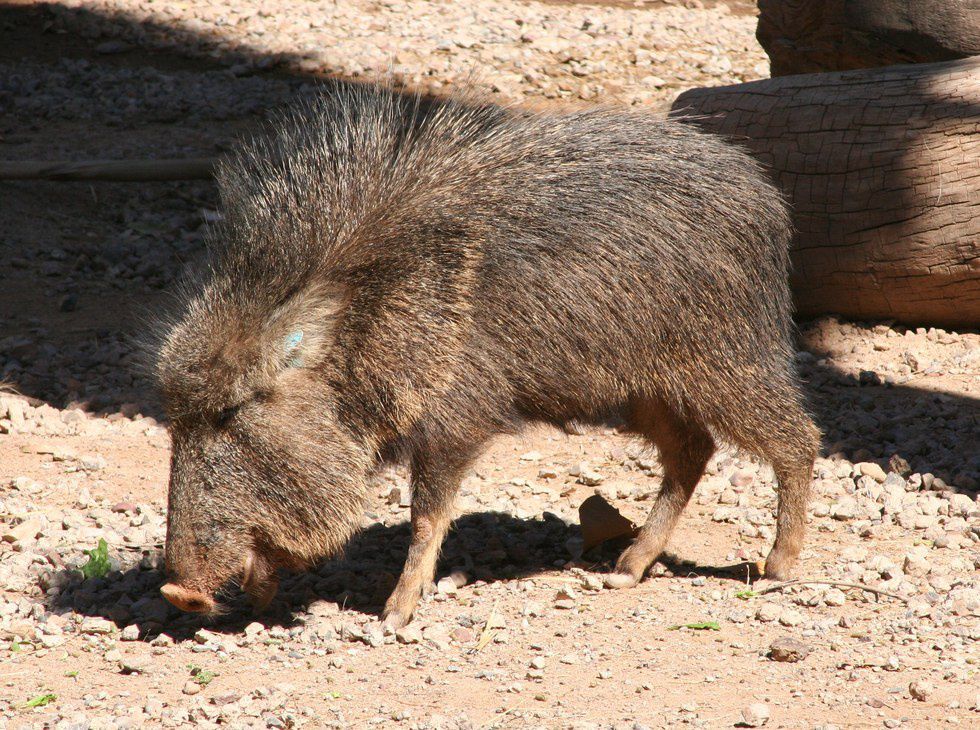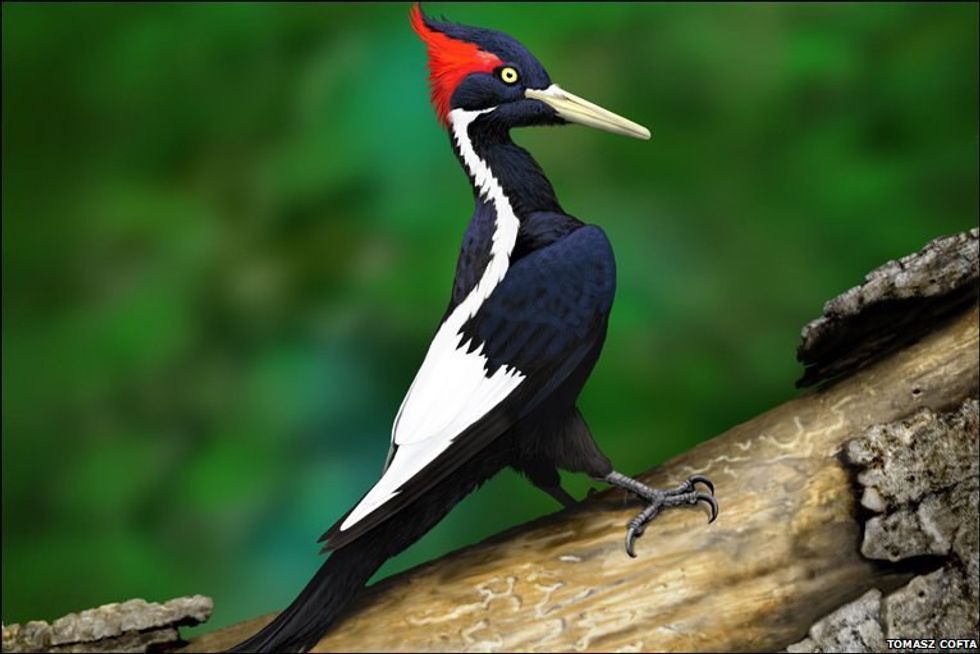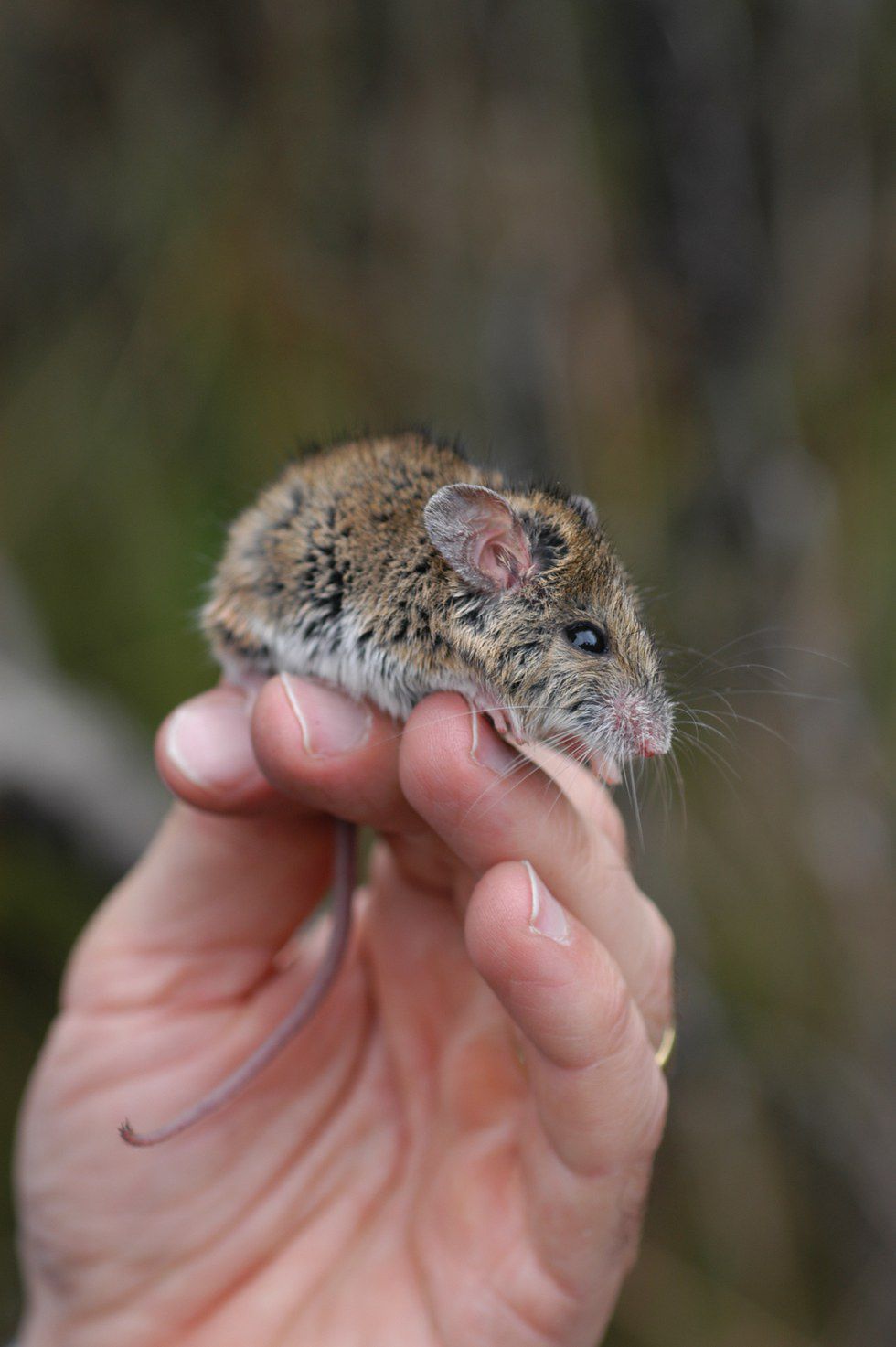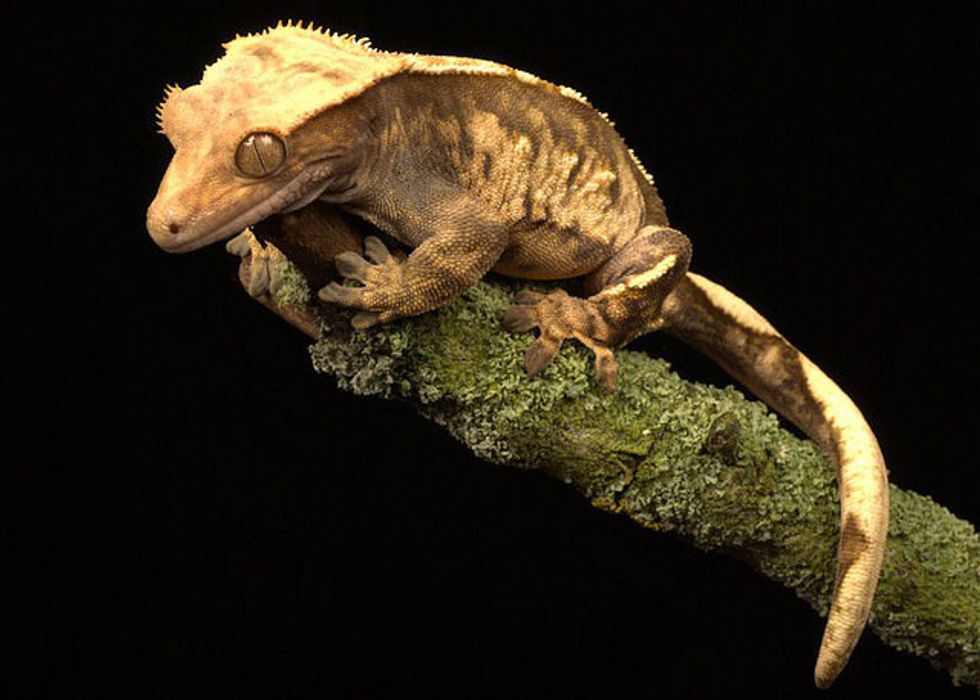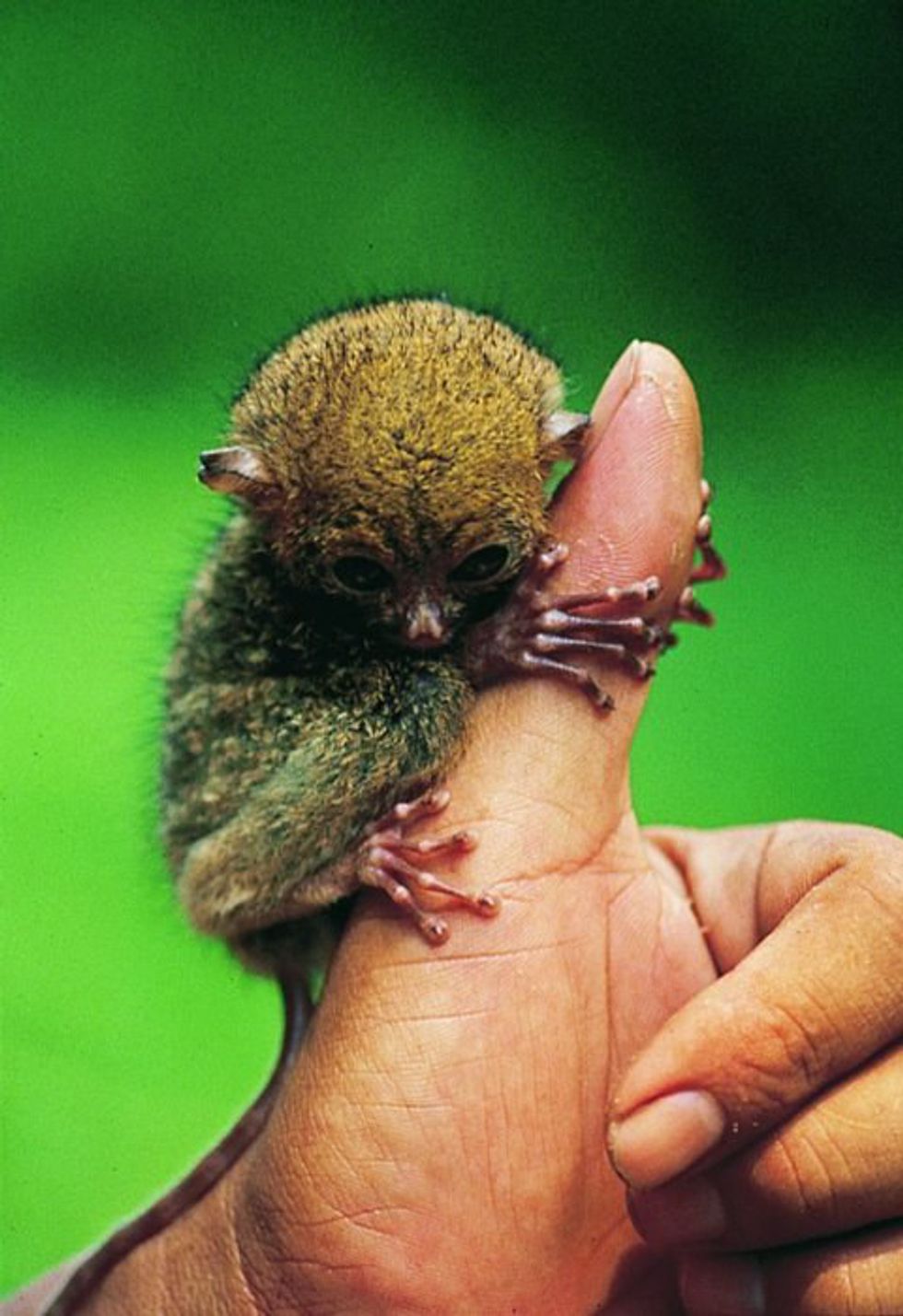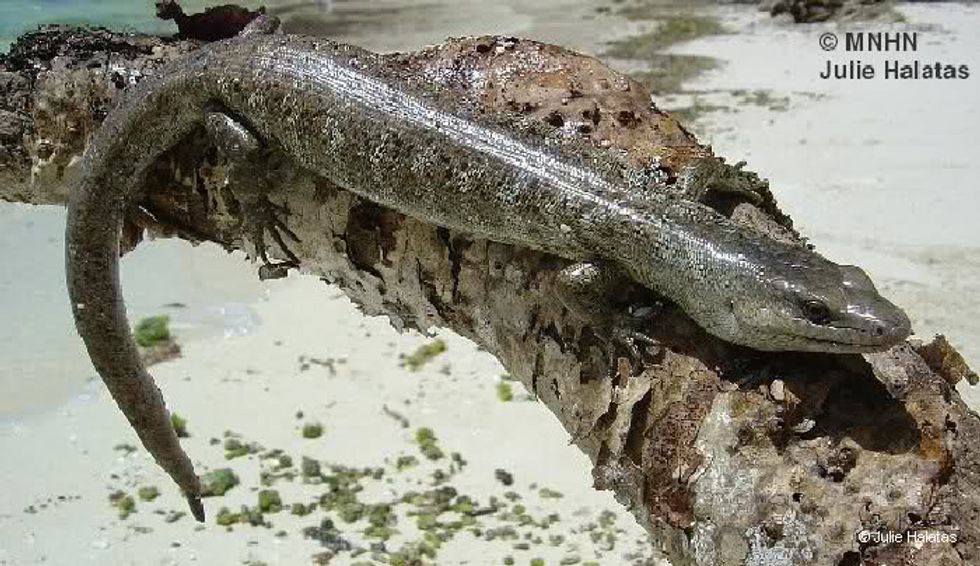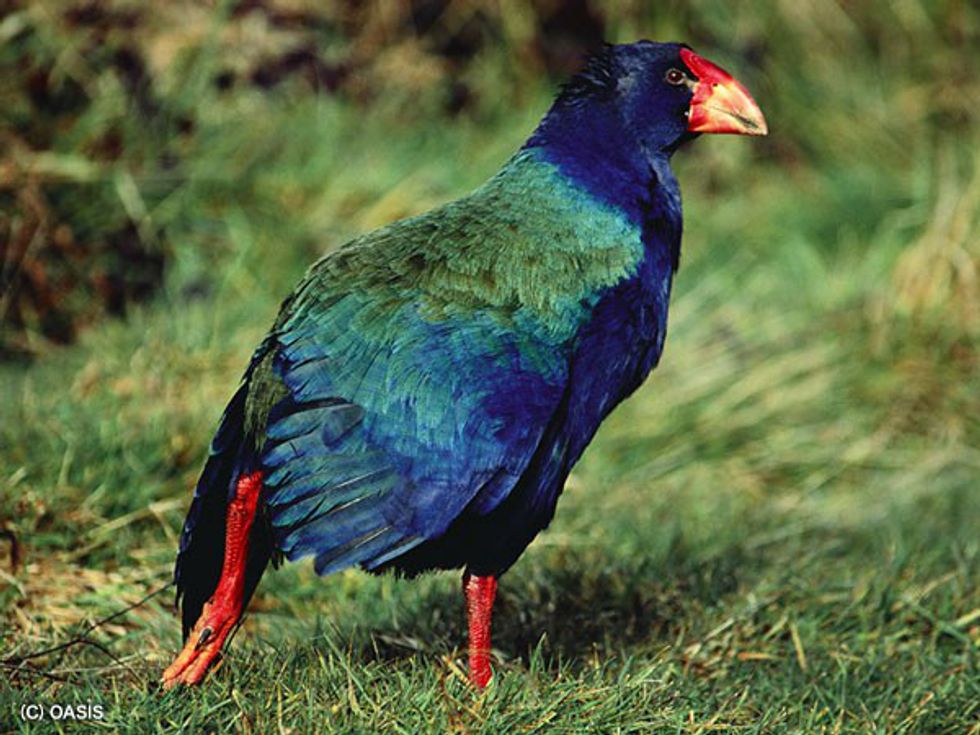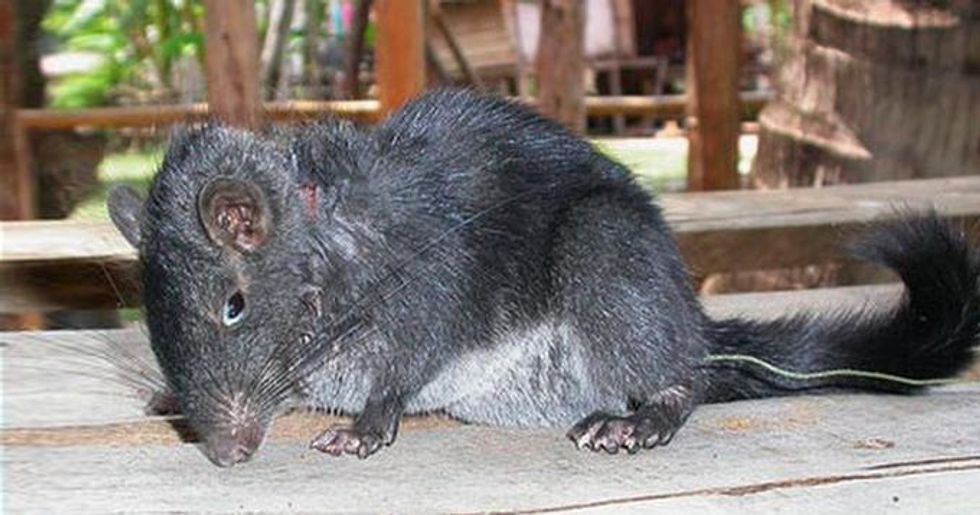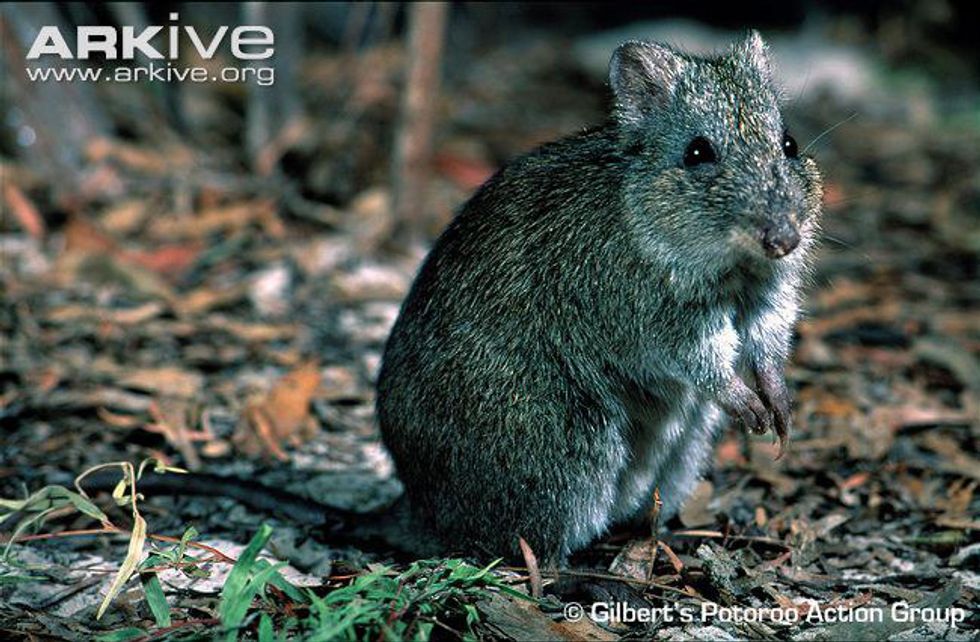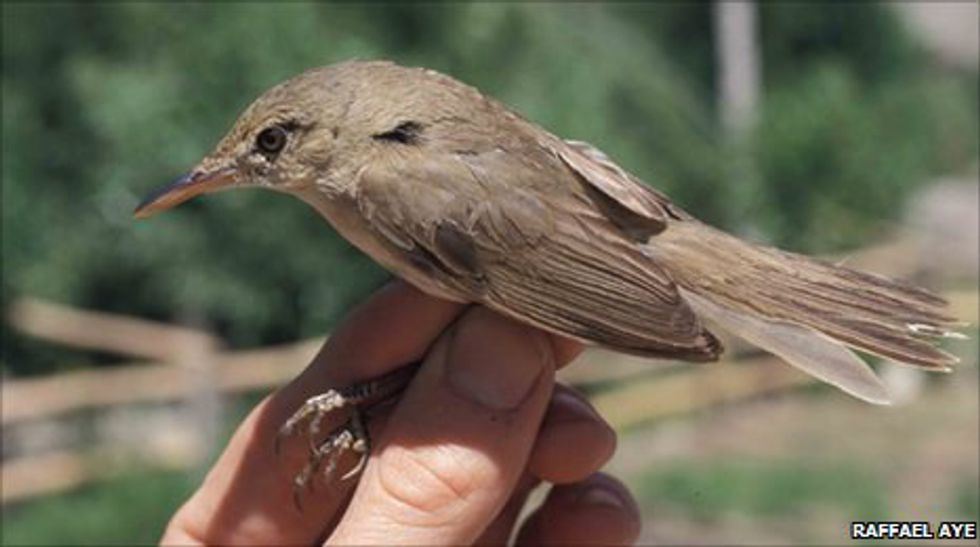Known as Lazarus species, these are animals that, at one point or other, have been pronounced extinct, only to be found years later alive and well in their habitats. Some of these animals were considered extinct for longer than others, and some are even extant, meaning very little has changed between the current animals and their fossilized ancestors, making them living fossils.
1. Nelson's Small-Eared Shrew
Pronounced extinct in 1894, it was rediscovered 109 years later by researchers Fernando Cervantes and Lazaro Guevara. They are endemic to Mexico and can be found in ecosystems of the “San Martín” Volcano in the “Los Tuxtlas” Biosphere Reserve. These shrews are so rare that they are considered to be critically endangered.
2. Chacoan Peccary
Originally found in fossil form, these animals were thought to be extinct. They were rediscovered in the "Chaco" region of Argentina, Bolivia, and Paraguay in 1971. Due to an unknown disease and because hunting them is legal, the herds of these animals have been steadily declining. It is believed that they might become endangered or extinct in the near future.
3. Ivory-Billed Woodpecker
Long believed to be extinct, various sightings of these elusive birds have been documented over the decades. The most famous one was captured in film back in 2005 in an Arkansan Swamp Forest, although the reliability of the video is still in question, as no specimen has been found to prove that the birds are still alive. Even so, experts have found breadcrumb trails that are cause for hope in regards of these birds.4. New-Holland Mouse
Rediscovered in 1967, this rodent had been believed extinct for over 100 years. Endemic to southeastern Australia, these small rodents are classified as a vulnerable species. From fungus and fires to predators and human habitat loss, these mice have been in steady decline in the past years and, without intervention, are estimated to decline by a further 50 percent.5. Caledonian Crested Gecko
Endemic to the South Province in New Caledonia, these small lizards used to be considered extinct until their rediscovery in 1994. Ever since, the crested geckos have made a very good comeback and some are now even kept as pets. Under proper care they are expected to live between 15 and 20 years in captivity.
6. Pygmy Tarsier
Measuring up to 4 inches, these pocket-sized primates can be found in Sulawesi, Indonesia. Having been considered extinct when no other specimens were found after 1930, the rediscovery of these creatures occurred 80 years later, ironically, during an exploration seeking to confirm their extinction. Being such small nocturnal creatures made it almost impossible to find them, but once the first one was found, another three were located easily. Due to their small size and nocturnal lives, these tarsiers manage to hide themselves fairly easily.
7. Bermuda Petrel
